The image above shows the signature of Isaac Newton (1643-1727) in a copy of Robert Boyle’s Experimentorum novorum physico-mechanicorum at the Huntington Library in California (Huntington: 70087). As Newton notes here under his name, the book was given to him by Boyle, nobilissimi Auctoris [the most noble author]. Mention Newton, and chances are that people will think of a man sitting under a tree waiting to be hit by an apple and discover gravity. The apple story may be partly true. Newton wasn’t conked in the head by an apple, but he did tell friends a story about how watching an apple fall from a tree started him questioning why objects consistently fall straight to the ground, which led to the research that resulted in the theory of gravity. The story about the fall of an apple setting off the chain of thought that would lead to some of the most groundbreaking theories in scientific history belies the complexity of Newton’s work, which was the result of many years of scholarly study and research. At the same time, the story functions as a reminder of all the diverse factors that contribute to important discoveries: time spent deep in mathematical textbooks, experimenting in a lab, walking through a garden, or reading a book written by a fellow scientist like Boyle all play their role in forming innovative ideas.
Images of provenance marks from some of the books that were factors in the development of Isaac Newton’s thought and research have recently been posted to POP from the Huntington Library’s Burndy Collection, part of the Huntington’s extensive holdings of books related to the history of science. Some of the indicators that a book was owned by Newton are detailed in a post to the Huntington’s blog, Verso, on the recent discovery of copy of Joseph Mede’s Works owned by Newton. These provenance details appear in many of the books owned by Newton that can be found in books from library collections across the country , from the Huntington’s collections in Pasadena, California, to collections at the Library Company and at Penn in Philadelphia, Pennsylvania.
To begin with, many books that were once in Newton’s library bear a distinctive set of two overlapping bookplates:
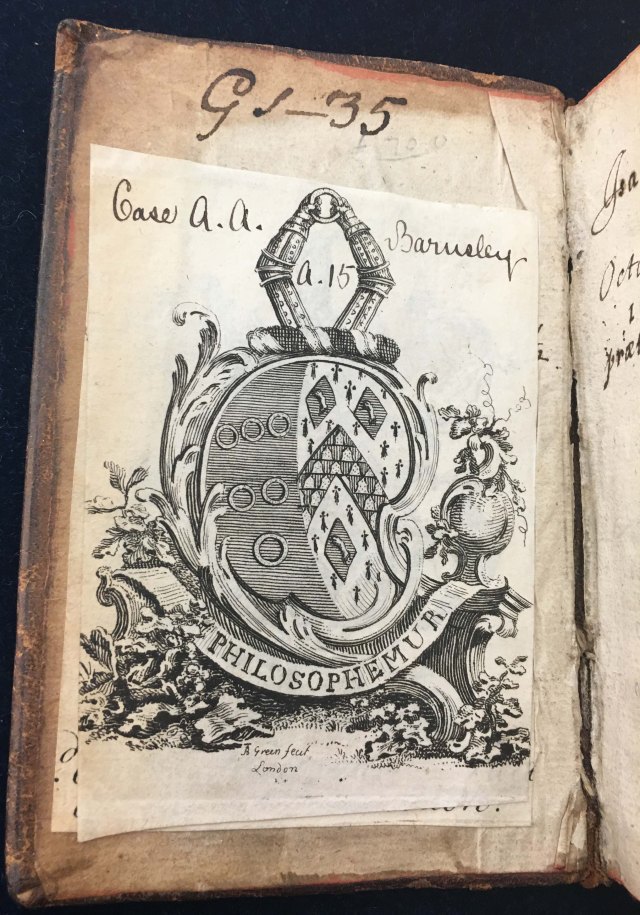
View on POP Flickr Feed
The first of these is the bookplate of John Huggins, who purchased Newton’s library after the scientist’s death in 1727. Pasted over Huggins’ bookplate is the bookplate of the Musgrave family of Barnsley Park, Gloustershire, who owned the books in Newton’s library from 1778-1920. Their bookplate shows the distinctive family crest with the motto “Philosophemur.” Since most of the Newton owned books at the Huntington Library are still in their original bindings, they usually also contain the manuscript shelf mark number of Dr. James Musgrave written on the left corner of the front pastedown (inside front cover) of the book. Sometimes, as in the example shown below from an edition of Ovid at the Huntington (Huntington: 700886) there is another shelf mark noted on the bookplate for the book’s location in the Barnsley Park library:
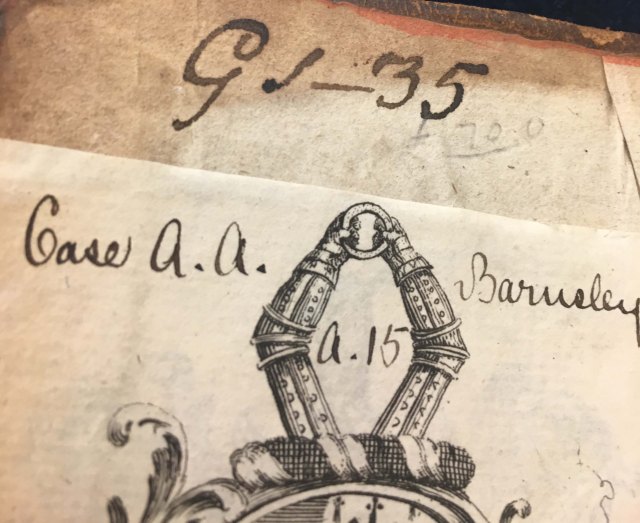 Occasionally, as in the example below, past librarians, booksellers, or owners mistake the Musgrave shelf-mark for Newton’s own mark, but he did not mark the books from his library in this way himself:
Occasionally, as in the example below, past librarians, booksellers, or owners mistake the Musgrave shelf-mark for Newton’s own mark, but he did not mark the books from his library in this way himself:
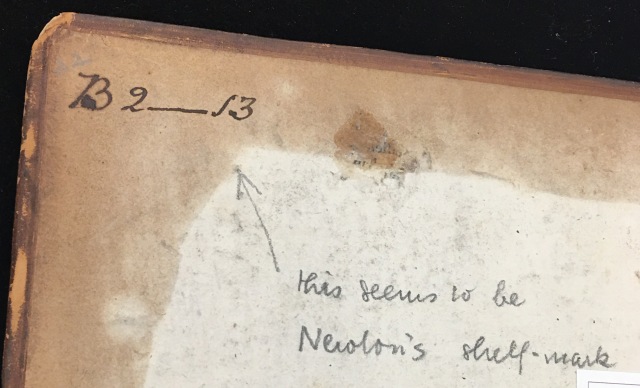
One of Newton’s books owned by Penn Libraries, a 1652 edition of Elias Ashmole’s Theatrum Chemicum Britanicum (Penn Libraries QD .25 A78 1652) has been rebound in more recent years, which means that the volume no longer has Dr. Musgrave’s shelf mark written in the cover. However both the Huggins and the Musgrave b00kplates were removed and then re-attached to the new cover, meaning that Penn’s Newton owned book allows us to see both bookplates:
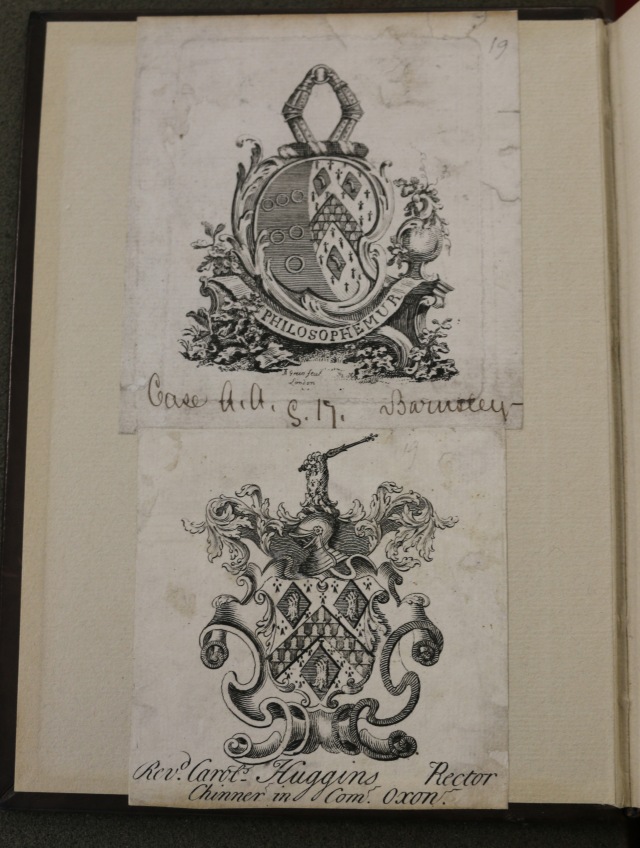
The same modern owner who had this book rebound also, unfortunately, smoothed away some other tell tale evidence that the book belonged to Newton. Newton had a habit of dog earring his pages, meaning that if you suspect a book was owned by Newton and you find many of the pages folded down, it’s a good indication that the famous scientist was once reading that volume. Here’s an example from Newton’s Ashmole at Penn, where a later owner has tried to straighten things out, but the folds from Newton’s folded annotations are still visible:
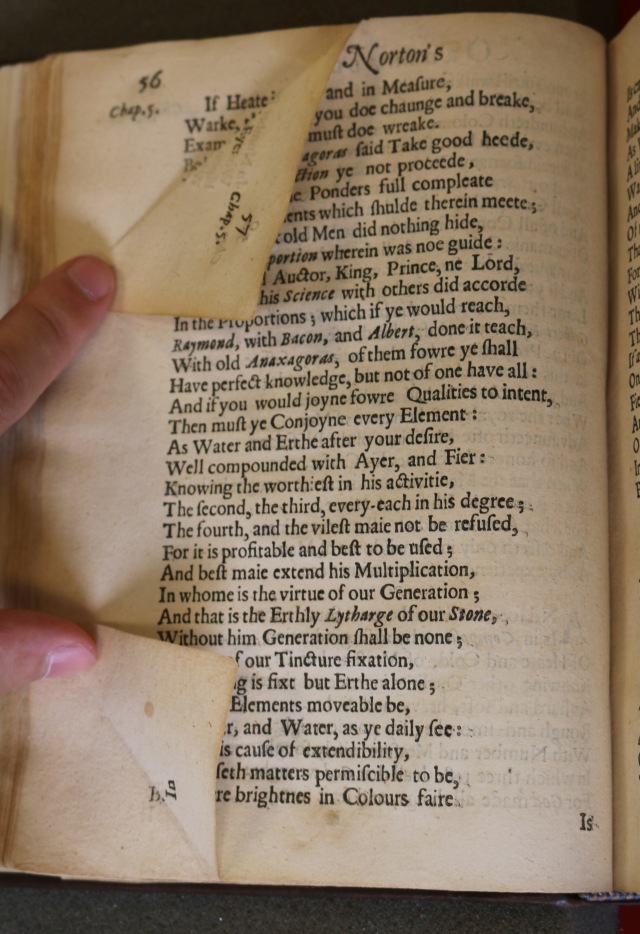
All these marks of ownership allow us to see what the books that Newton owned and read across his life were. They reveal the wide range of topics and ways of learning about the world that informed his thinking. Some are books you would expect to find in a scientist’s library, like Newton’s copy of Boyle’s experiments at the Huntington that the example of Newton’s signature from the top of this blog appears in:
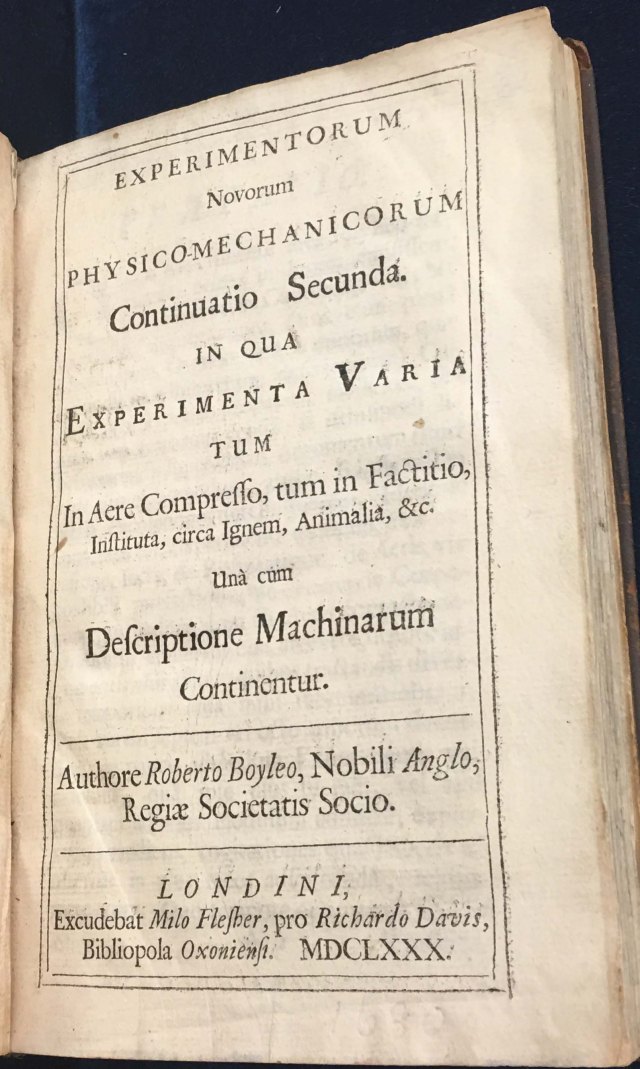
Other books offer a mixture of kinds of knowledge. Newton’s copy of Elias Ashmole’s Theatrum Chemicum Britannicum at Penn Libraries (Penn Libraries QD .25 A78 1652), is an alchemical treatise which blends proto-scientific observations of experiments with different kinds of chemical materials with accounts of the magical properties of stones that can turn base metals to gold or allow one to locate “any Person in what part of the World soever, although never so secretly conceled or hid; in Chambers, Closets or Cavernes of the Earth.”
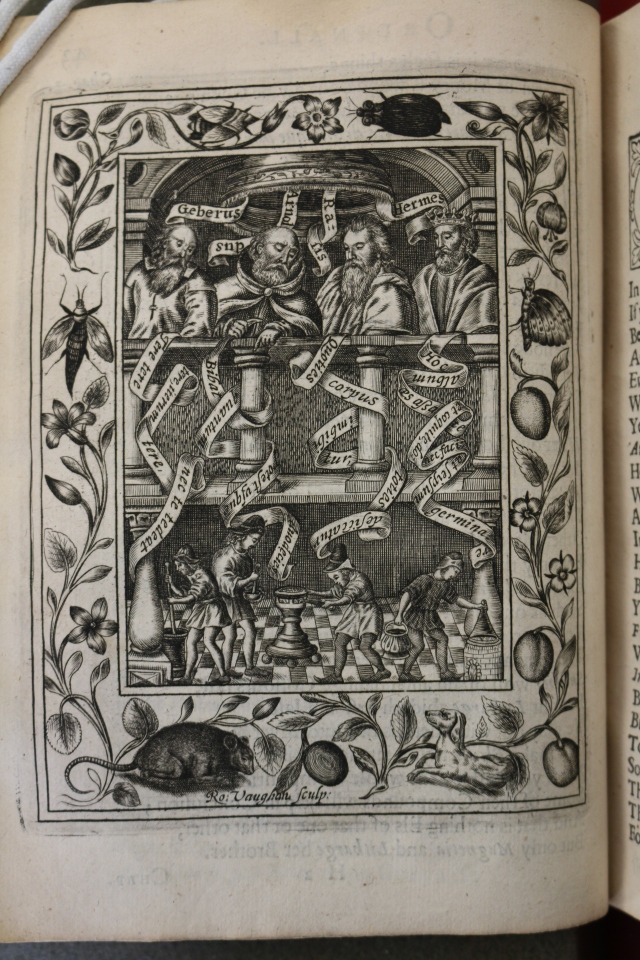
As the title page proclaims, portions of the text contain “Serveral Poeticall Pieces of our Famous English Philosophers”, blending divine invocations of God, descriptions of magical practice, and descriptions of chemical recipes:
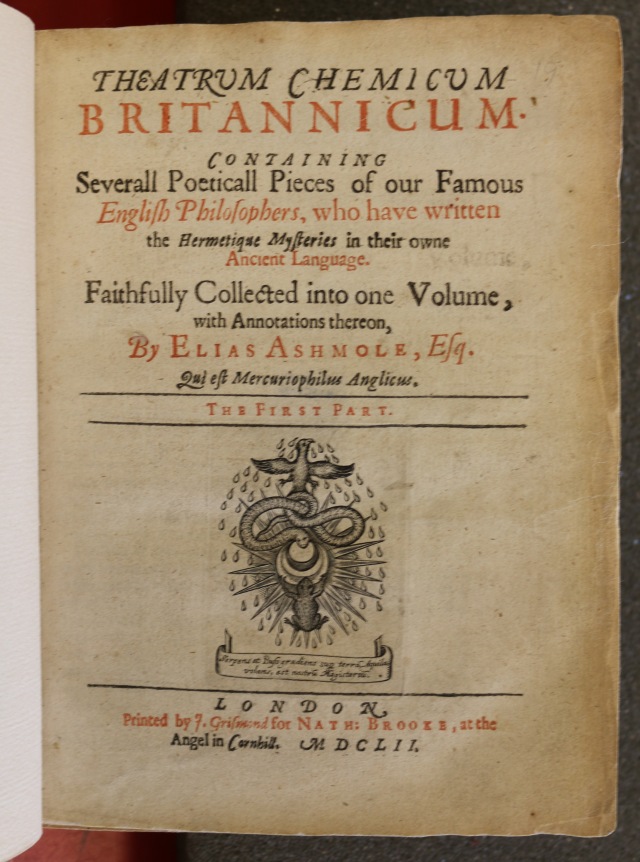
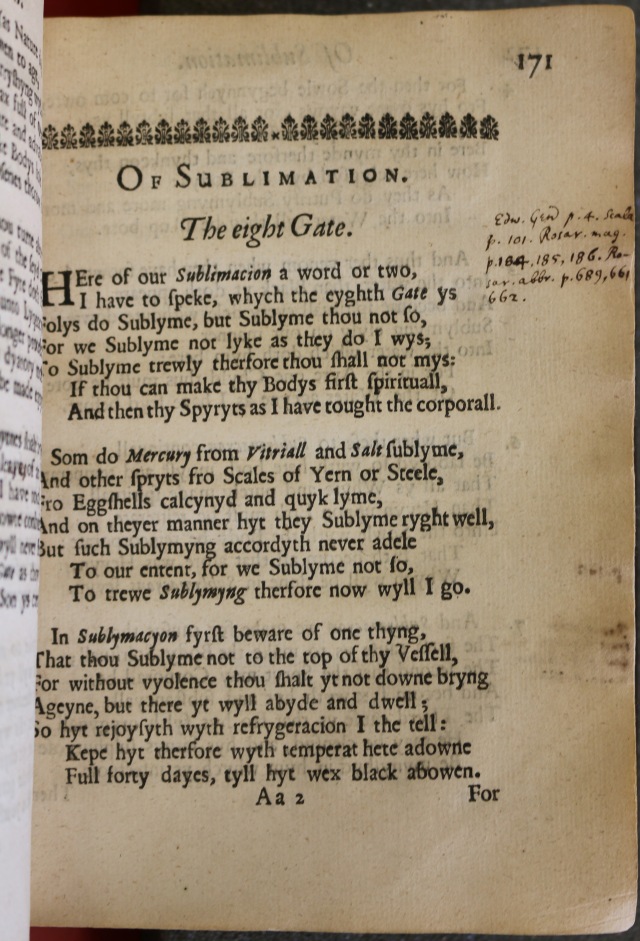
If chemistry, poetry and magic intersect in Newton’s alchemical reading, mythology and astronomy are combined his copy of the 1603 star atlas, Uranometria at the Huntington Library (Huntington: 750451), which charts the locations of the stars against a backdrop of mythological figures and creatures:
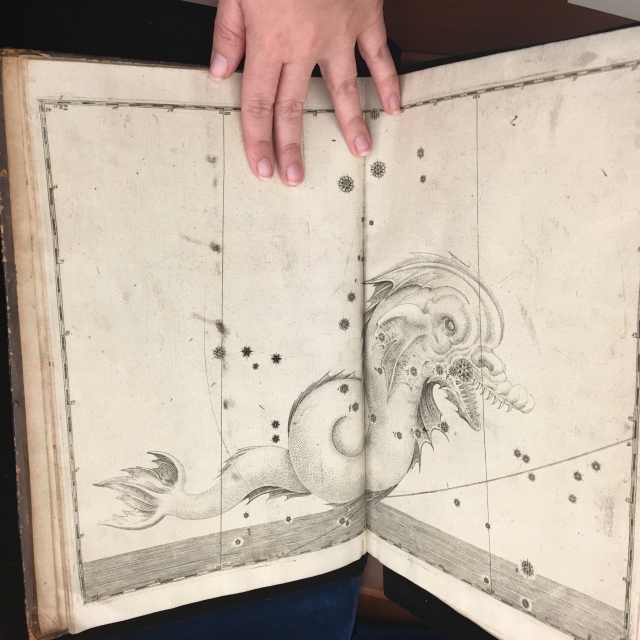
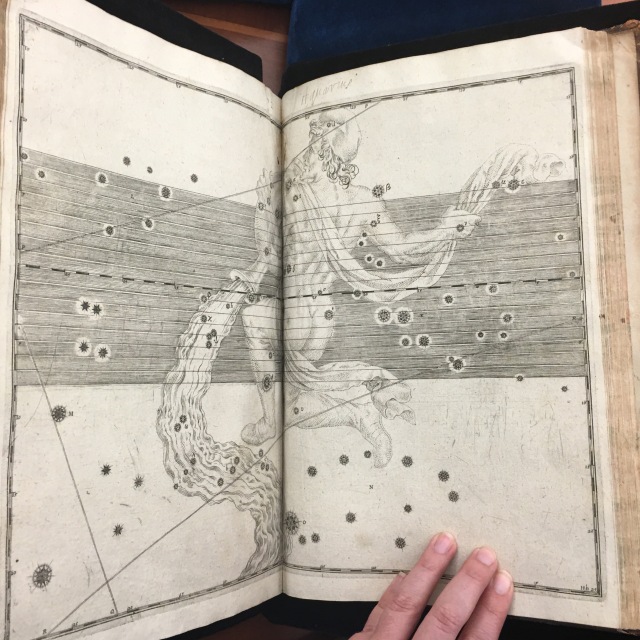
Newton’s copy of the Museum regalis societatis, an illustrated catalog of the “natural and artificial rarities belonging to the Royal society and preserved at Gresham colledge”which includes many realistic engravings of specimens of birds and beasts (Huntington: 750452):
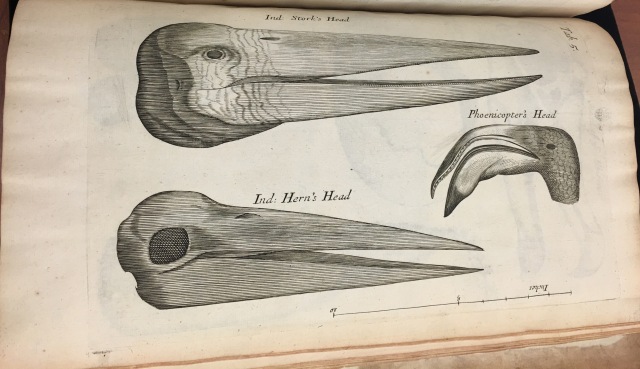
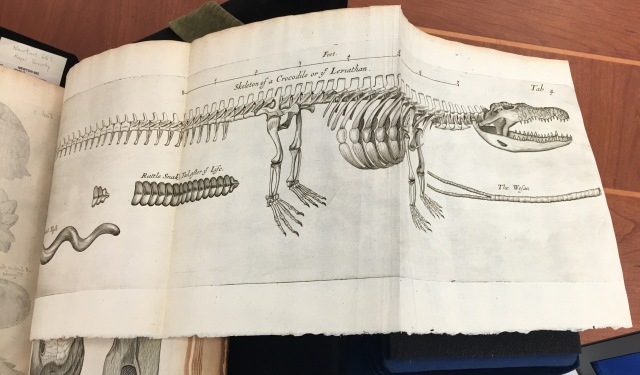
The earliest known mark of book ownership[1], inscribed when Newton was just 16, appears in a copy of Ovid’s Metamorphoses at the Huntington (Huntington: 700886), a book from his school days studying classical literature:
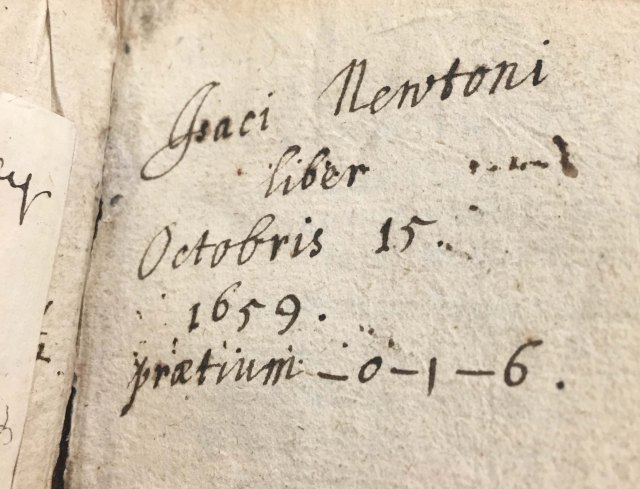
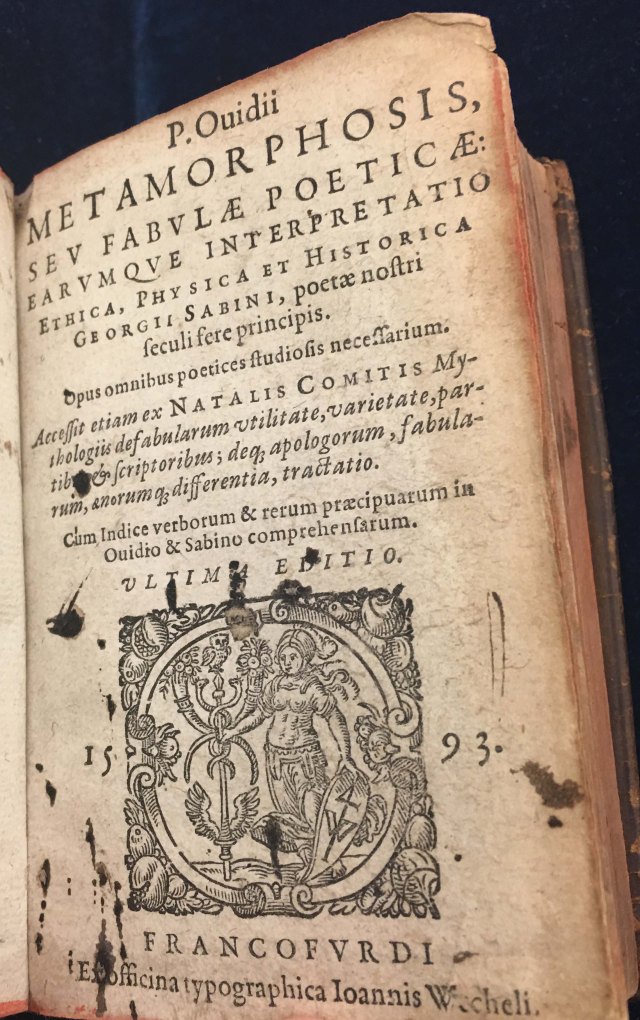 While a copy of a book on the subject infant baptism owned by Newton suggests the religious questions that may have interested a person of his time ( Huntington: 700882):
While a copy of a book on the subject infant baptism owned by Newton suggests the religious questions that may have interested a person of his time ( Huntington: 700882): 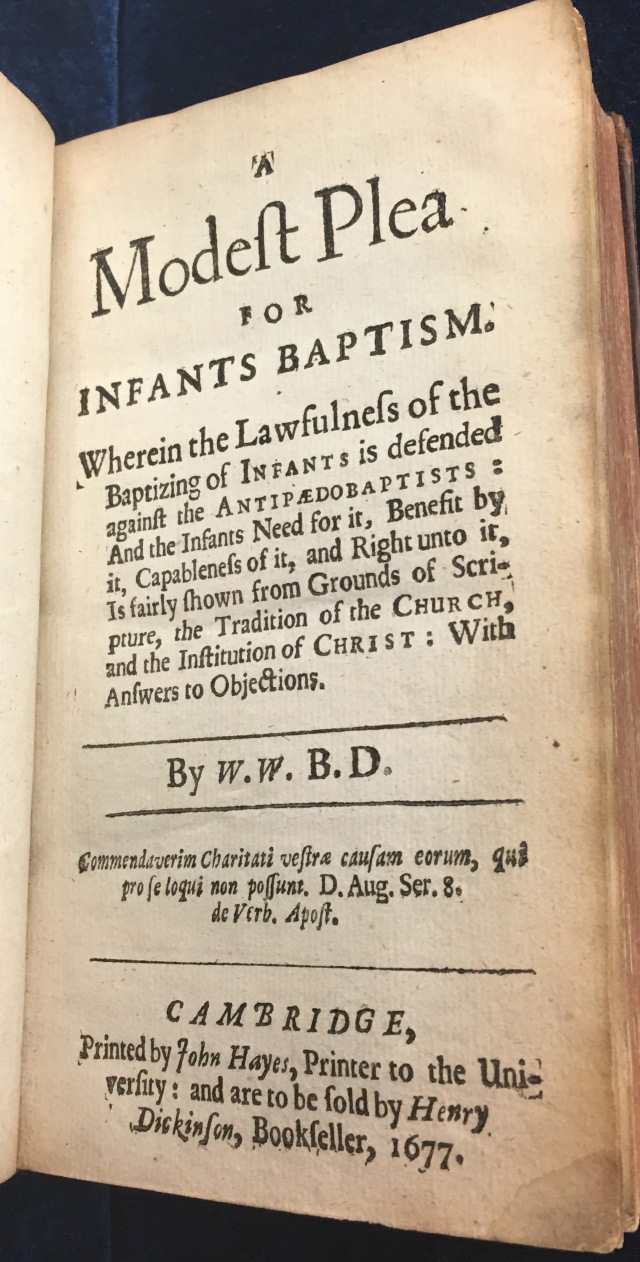
These are just a few selections from among the books in Newton’s library, but they suggest the variety of topics that Newton gathered together in his mind and which contributed to his own intellectual work. In Newton’s age the word “science” was used much more broadly to mean many kinds of knowledge about the world: chemical, poetic, philosophical, or theological. The books from his library suggest the ways in which Newton’s role as a “man of science”, and his contributions to the development of scientific methods as we think of them today stem from his reading and thinking about scientia, or knowledge, in all its infinite variety.
[1] Harrison, John. The Library of Isaac Newton (Cambridge: Cambridge University Press, 1978)


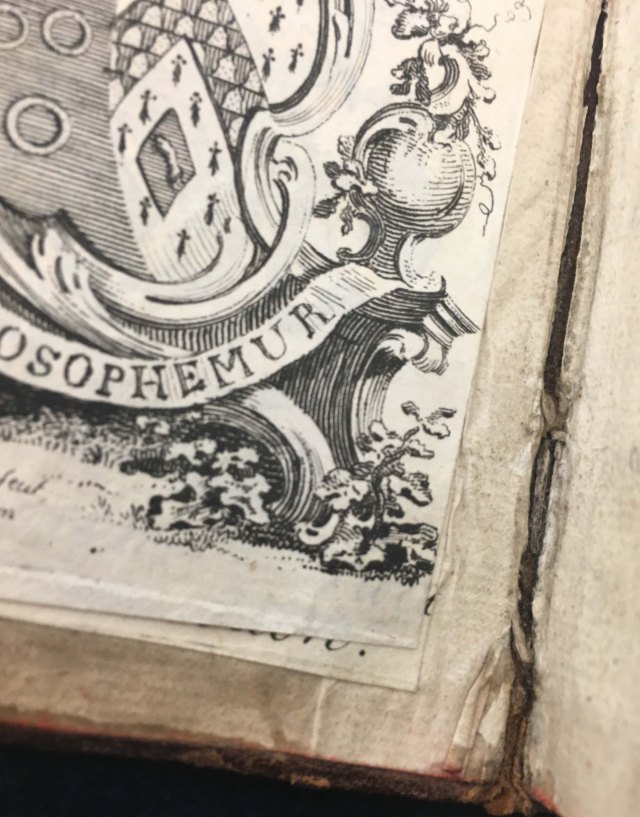



Fascinating article and great collection of provenance marks as well as Newton’s library selections.
LikeLiked by 1 person
Pingback: One of Isaac Newton’s Books UP for Auction – jamesgray2